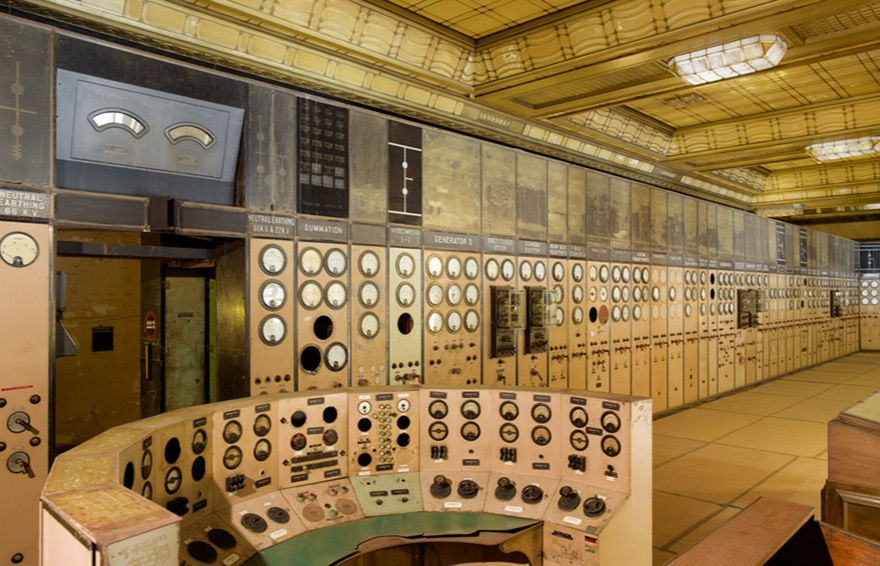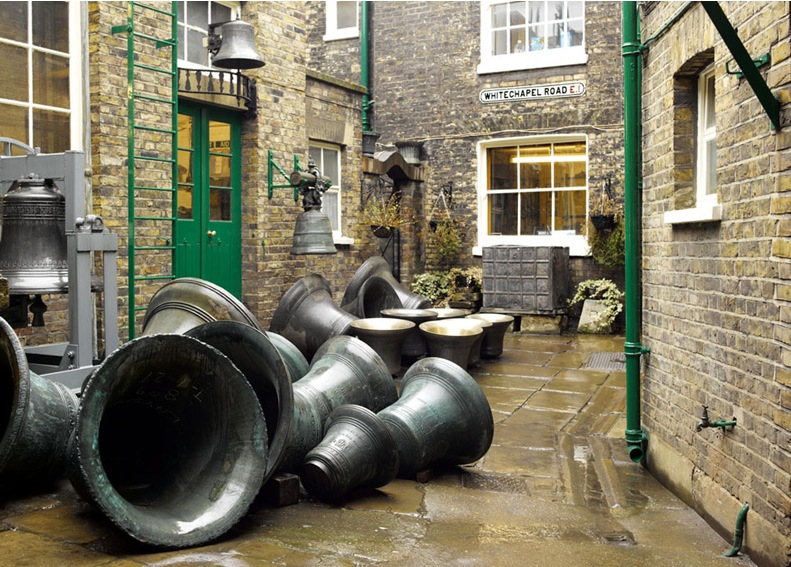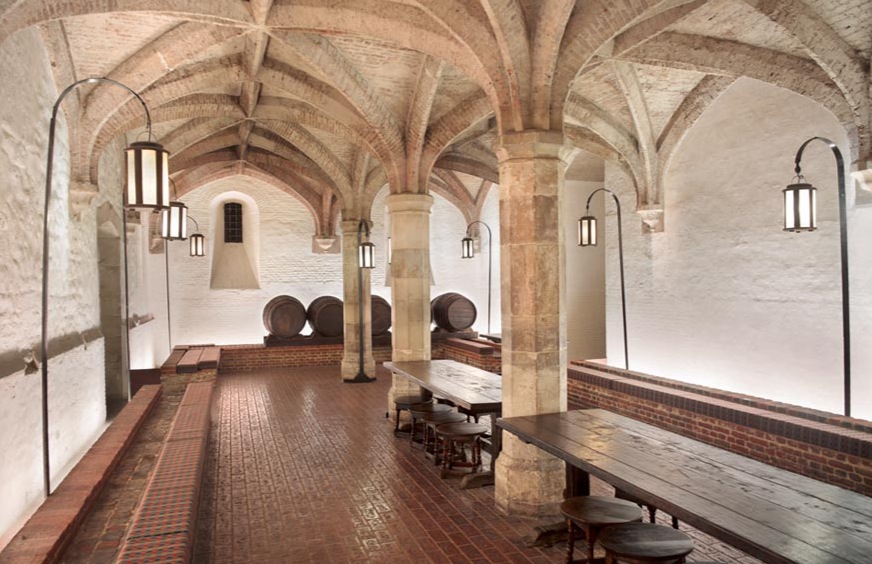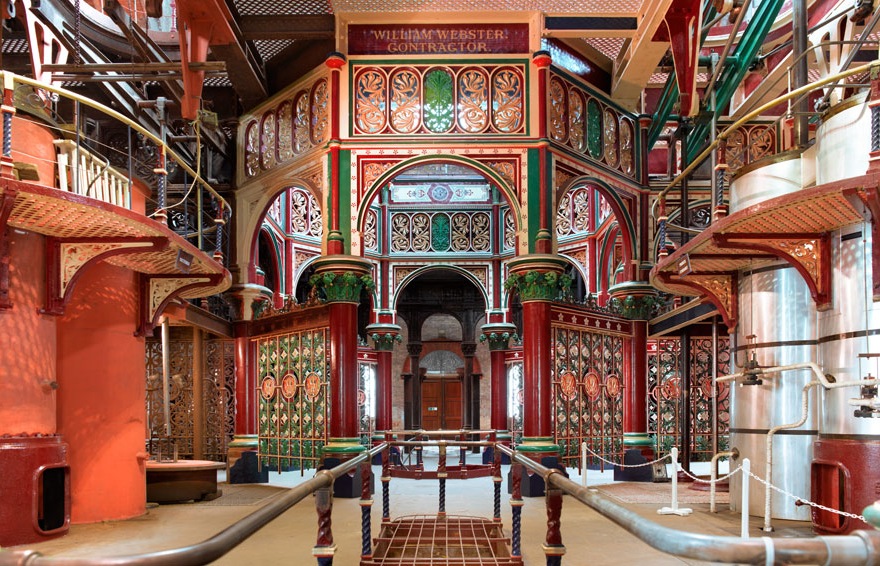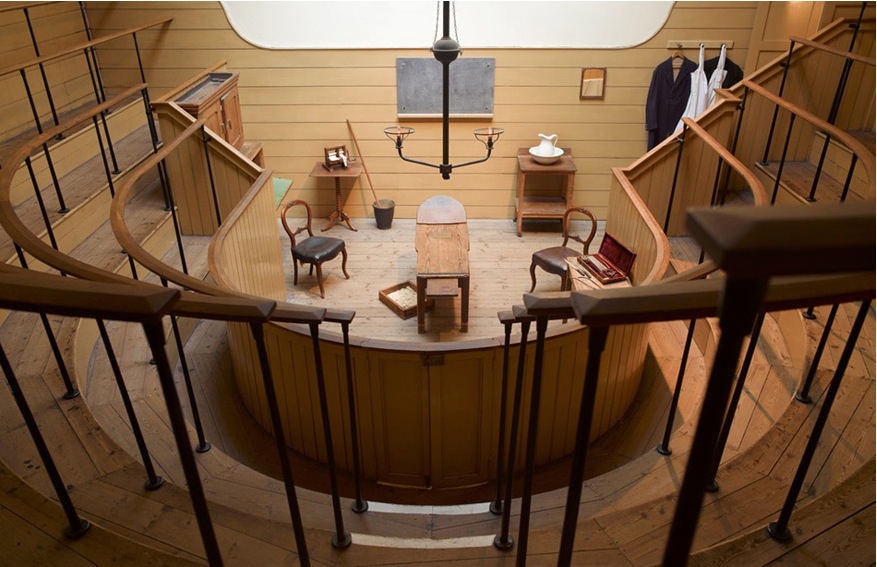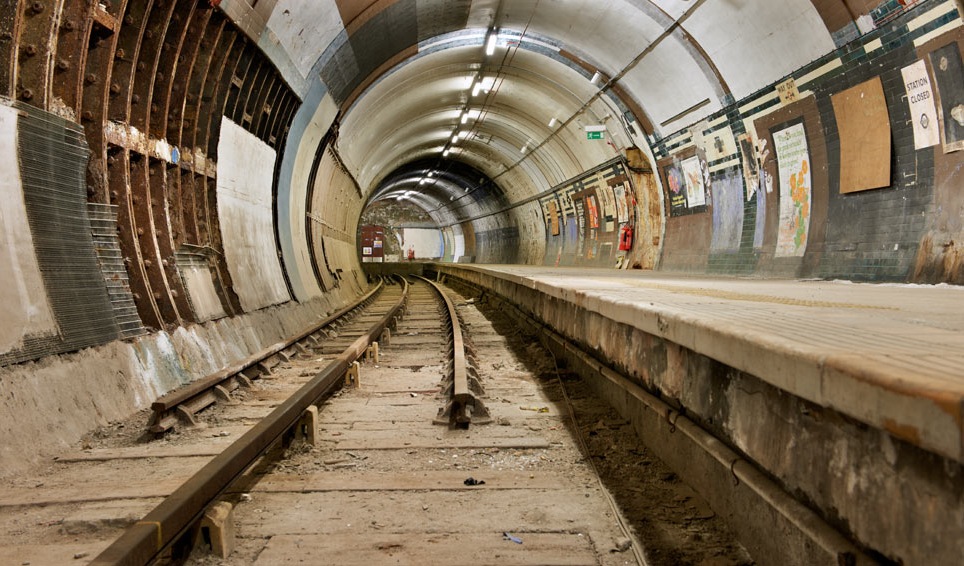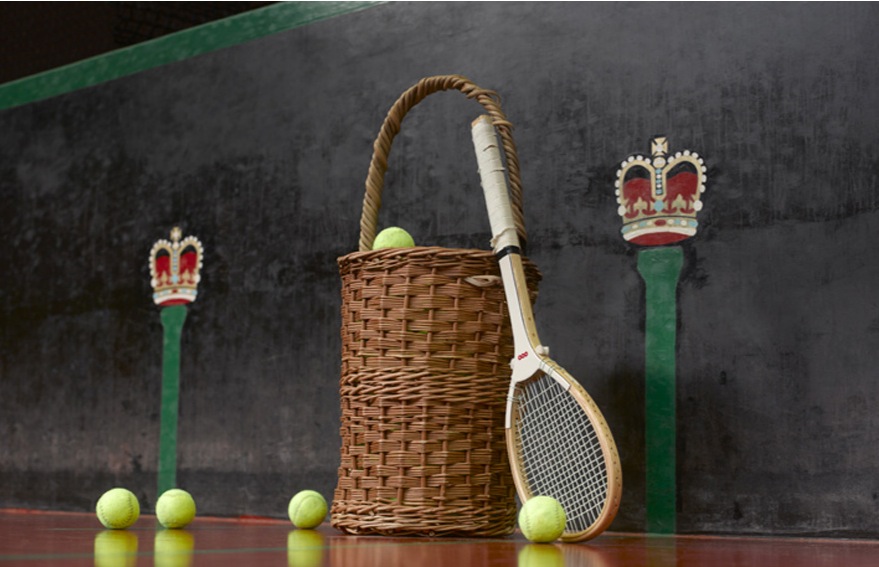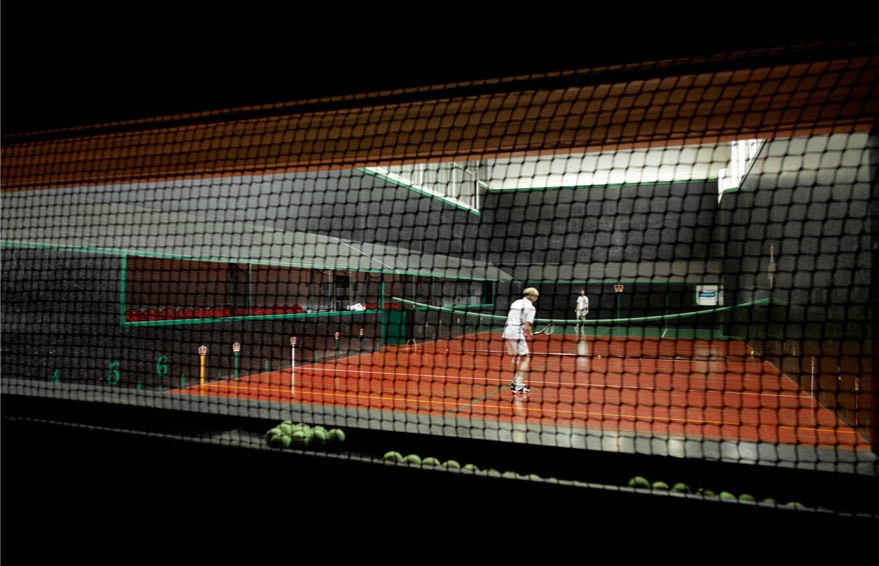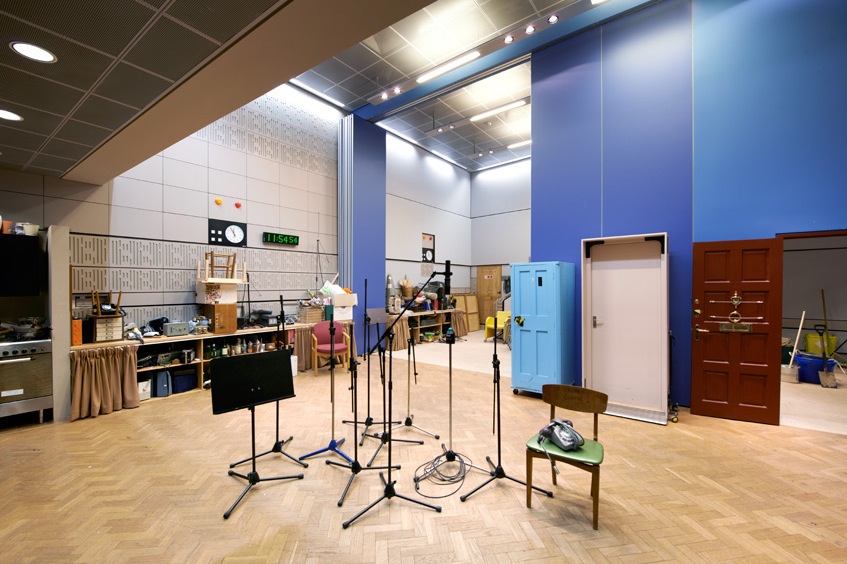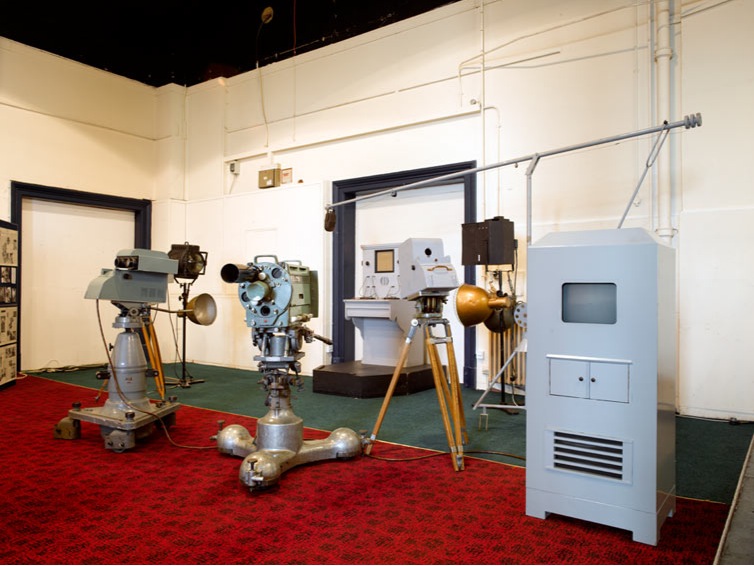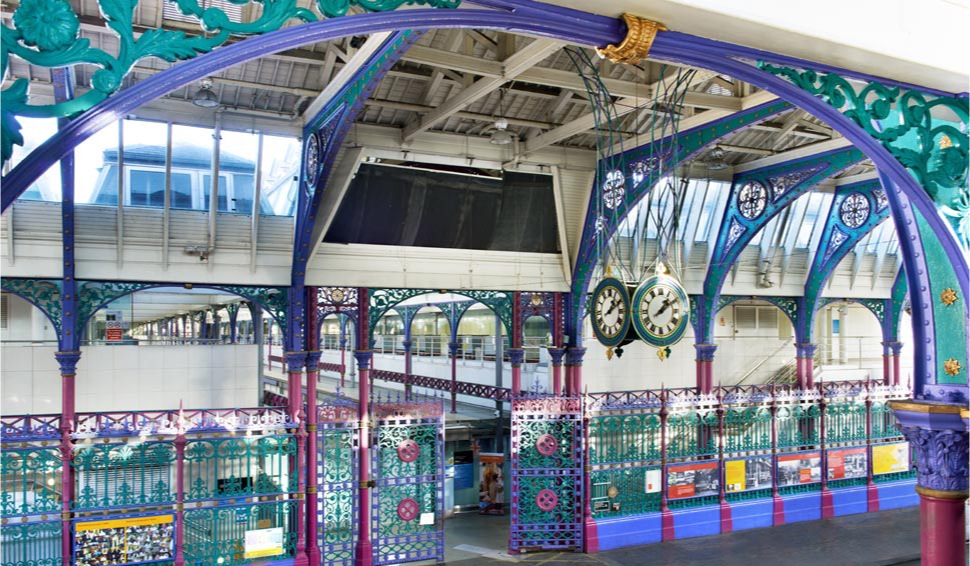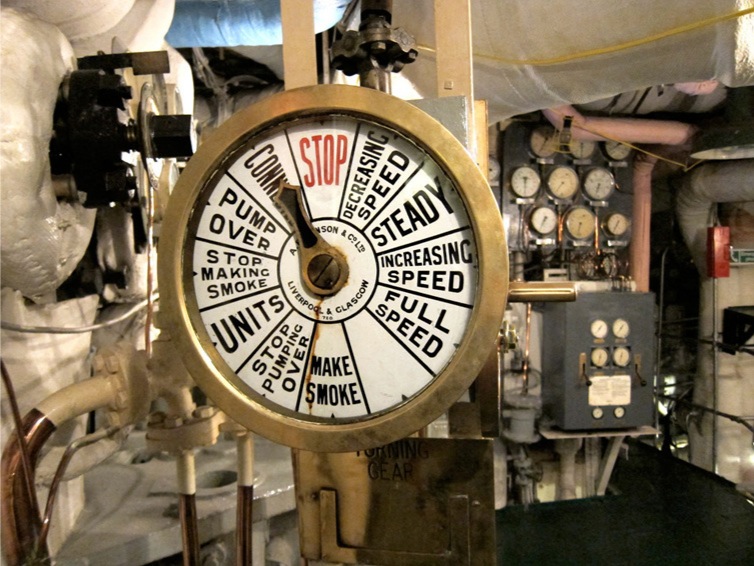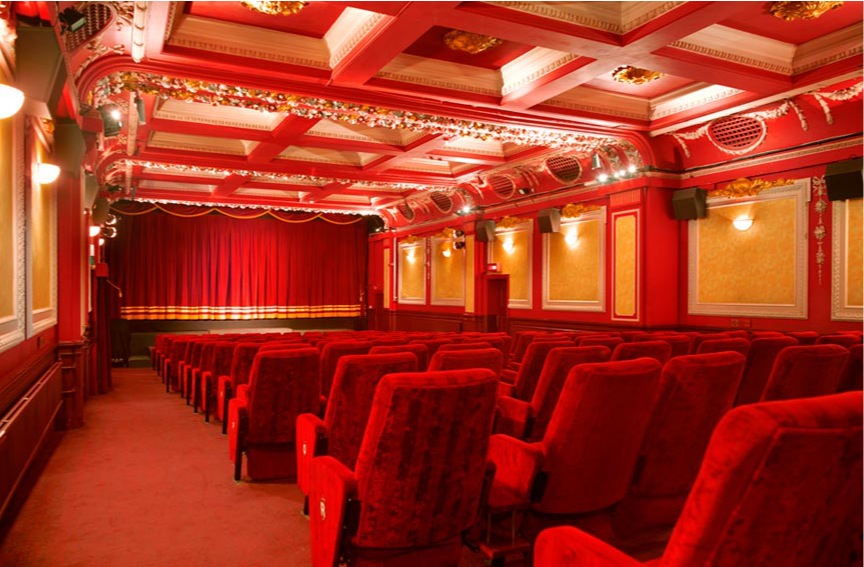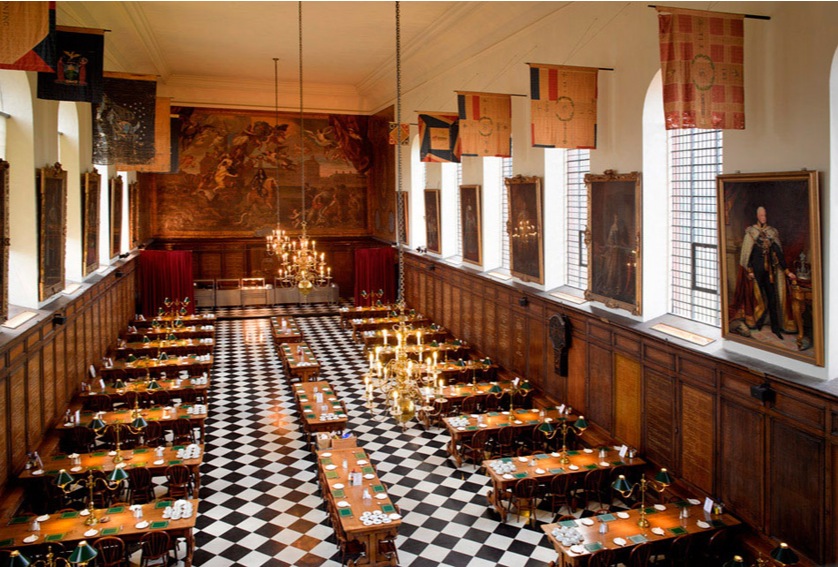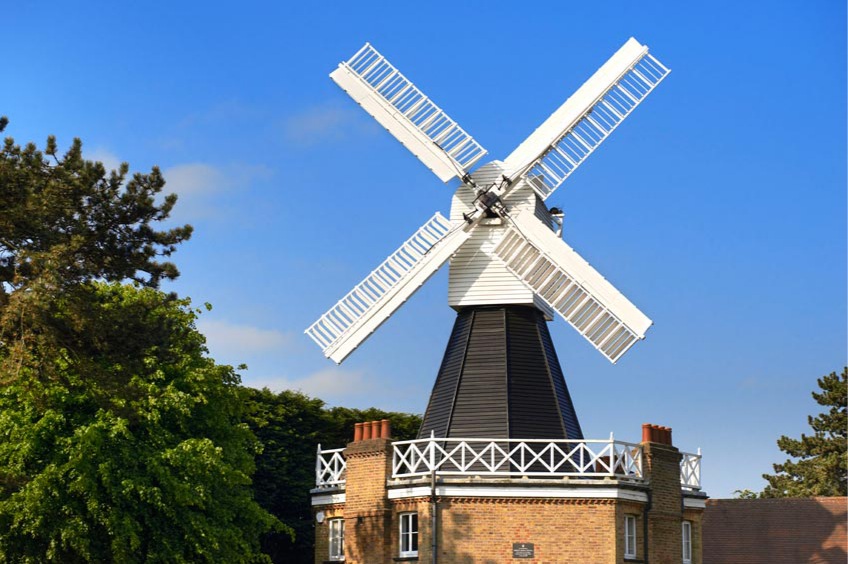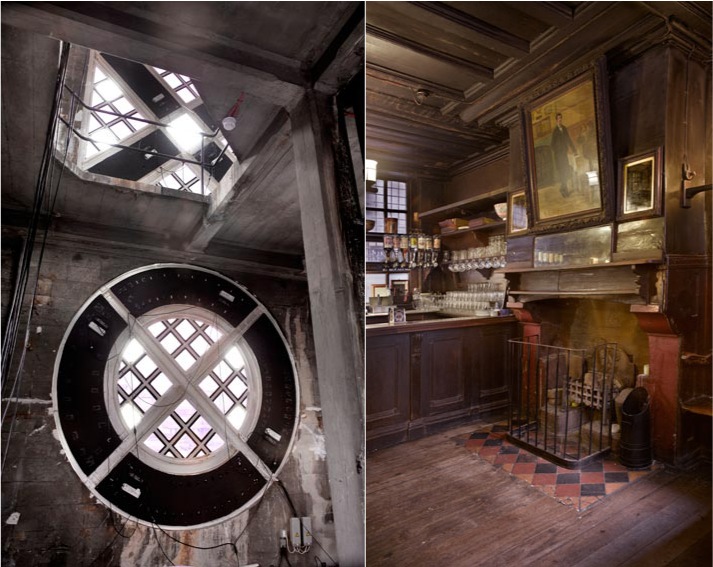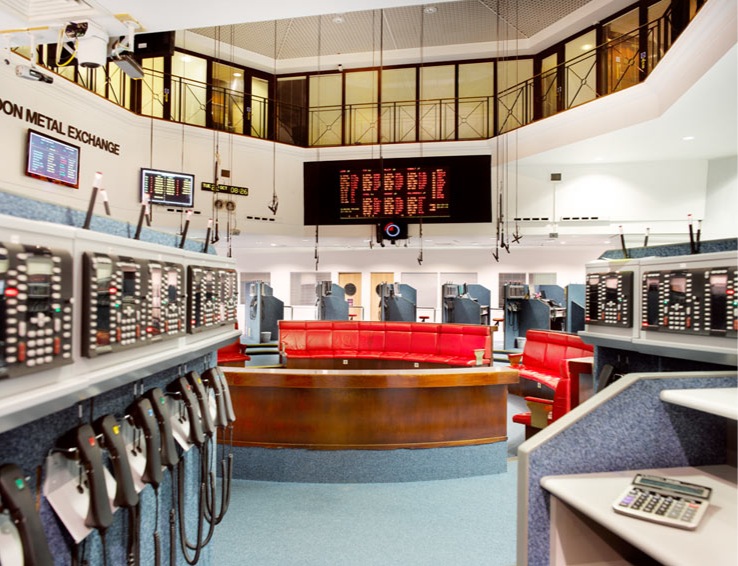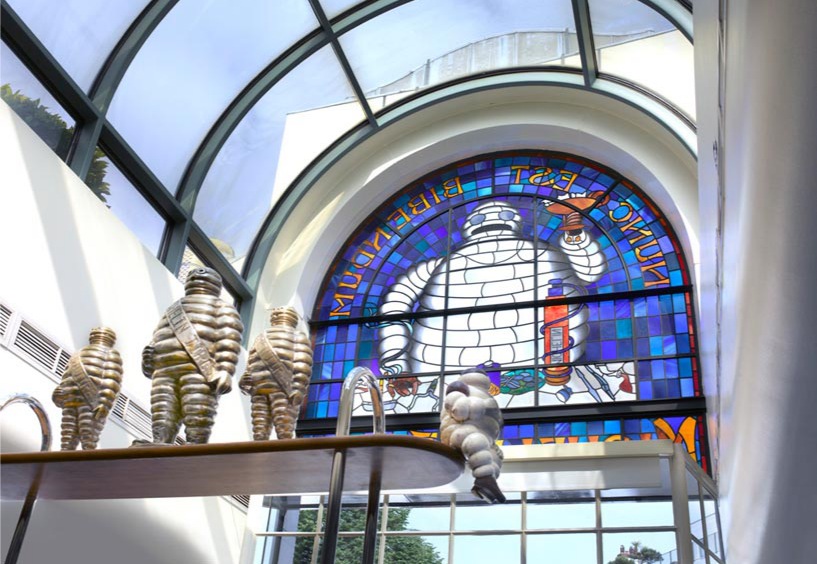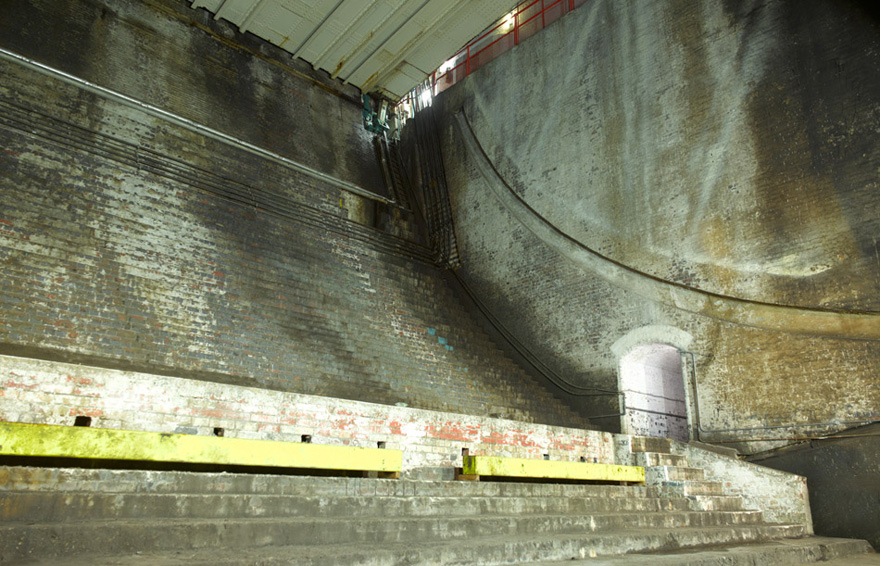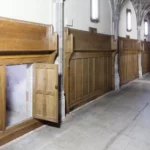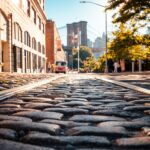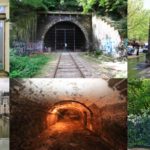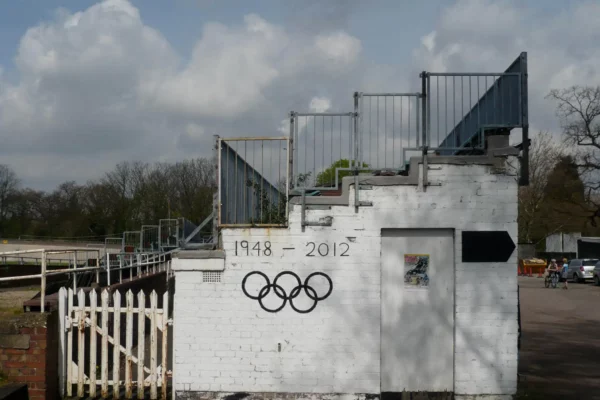I lived in London for twenty-five years and never got to see the inside of the 1930s decommissioned Battersea Power Station. Nobody did! But the guy that took this picture (above), Peter Dazeley– he even got them to switch on the control room’s art deco lights for him. And it turns out, getting this kind of access wasn’t just a lucky coincidence. Peter Dazeley gets a backstage pass to hidden places all over London, because it’s his job. Veteran photographer, born and bred Londoner, Dazeley’s ongoing project “Hidden London” is about recording unseen, historic London buildings, their architecture and interiors as they stand in the 21st century. It’s an ongoing project that will soon be on show in both an exhibition and a book. For now, we get a little sneak peak of a selection of his discoveries so far, which he uploads onto his website and Twitter. So grab that backstage pass that Peter has so kindly offered us and let’s see his hidden London…
P.S. Most of the photograph’s locations were not identified, so I had to do a little digging of my own. If you have any fun facts about these hidden places, add them in the comments!
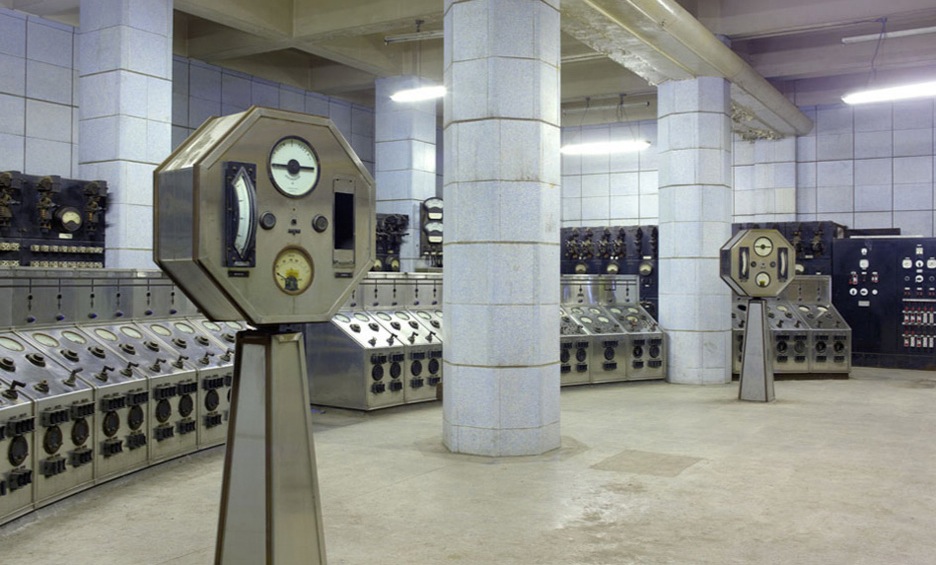
Inside the Battersea Power Station
The Whitechapel Bell Foundry, makers of the Big Ben and the Liberty Bell.
Henry VIII Wine Cellar under the Ministry of Defence. Perfectly preserved, this stone-ribbed, brick-vaulted undercroft was built in the early 1500s, more information here.
The main pump room of Crossness Pumping Station. The Beam Engine House is a Grade 1 Listed Industrial Building constructed in the Romanesque style and features some of the most spectacular ornamental Victorian cast ironwork to be found today.
The old operating theatre at St. Thomas’ Hospital
Aldwych Station disused platform. Opened in 1907, served by a shuttle train for most of their life and suffering from low passenger numbers, the station and branch were considered for closure several times. A weekday peak hours-only service survived until closure in 1994, when the cost of replacing the lifts was considered too high compared to the income generated. Disused parts of the station and the running tunnels were used during both World Wars to shelter artworks from London’s public galleries and museums from bombing.
Queens Club “real tennis” courts, (real tennis refers to the original racquet sport from which the modern game of lawn tennis is descended).
Sound Effects Drama Studio at the BBC Television Centre in White City
Transmitter Hall at the BBC Broadcasting House, Portland Place
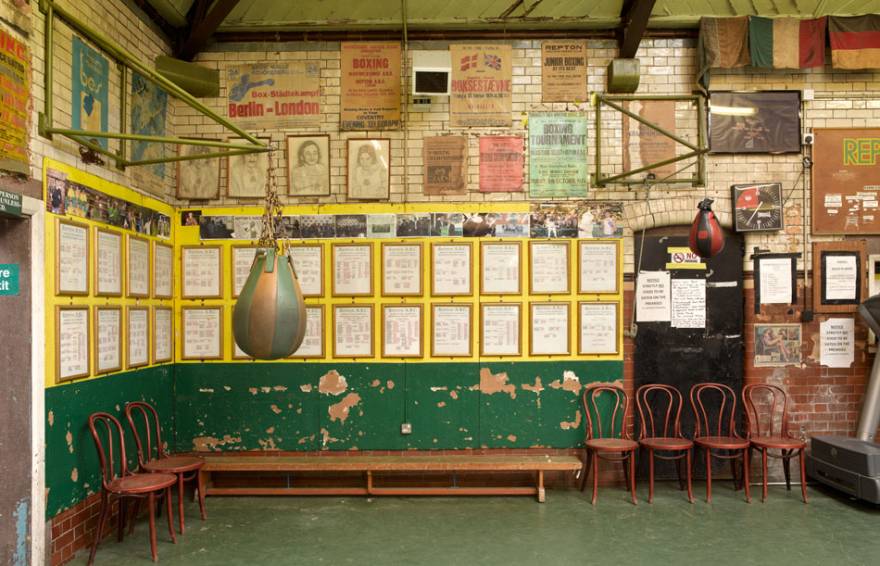
The Repton Boxing Club wall of honour, Cheshire Street, E2.
The original Abbey Mills Pumping Station, in Abbey Lane, London E15, is a sewage pumping station, designed by engineer Joseph Bazalgette, Edmund Cooper, and architect Charles Driver. It was built between 1865 and 1868.
The Smithfield clock of Citigen Power Station. The buildings of Smithfield Market stand on top of a warren of tunnels: previously, live animals were brought to the market on the hoof (from the mid-19th century onwards they arrived by rail) and were slaughtered on site. The former railway tunnels are now used for storage, parking and as basements.
The Citigen cogeneration Power Station is now sited deep underground Charterhouse Street, converted from Smithfield Market’s former cold store. During World War II, it also served as the theatre of secret experiments led by Max Perutz on pykrete, a mixture of ice and woodpulp, alleged to be tougher than steel. The experiments were carried out by Perutz and his colleagues in a refrigerated meat locker in a Smithfield Market butcher’s basement, behind a protective screen of frozen animal carcasses. These experiments became obsolete with the development of longer range aircraft and the project was soon abandoned.An impressive cobbled ramp spirals down around the public park now known as West Smithfield, on the south side of the market, to give access to part of this area. Some of the buildings on Charterhouse Street on the north side have access into the tunnels from their basements. Since 2005, the General Market (1883) and the adjacent Fish Market and Red House buildings (1898), part of the Victorian complex of the Smithfield Market, have been facing a threat of demolition.
Inside the HMS Belfast at the Imperial War Museum
The Gate Cinema, Notting Hill
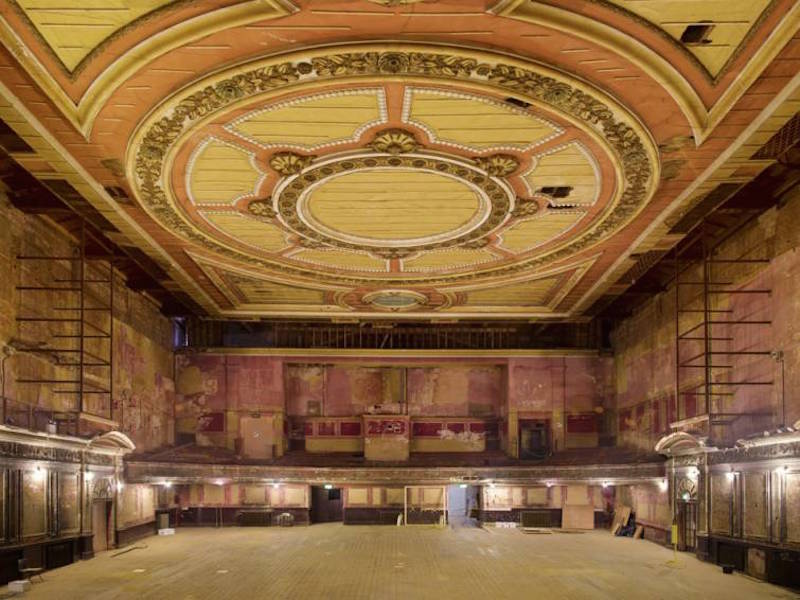
Alexandra Palace London, near Muswell Hill, N22.
A planned commercial development of the building into a mixed leisure complex including a hotel, replacement ice-skating rink, cinema, ten-pin bowling alley and exhibition centre, encountered opposition from public groups and was blocked by the High Court in 2007.
The Great Hall and West Hall are typically used for exhibitions, music concerts and conferences, operated by the trading arm of the charitable trust that owns the building and park on behalf of the public. There is also a pub, ice rink and palm court.
The Great Hall at the Royal Hospital Chelsea
The London Metal Exchange, Aldgate
Bibendum Restaurant, South Kensington, former headquarters and tyre depot of Michelin. the building has three large stained-glass windows based on Michelin advertisements of the time, all featuring the Michelin Man “Bibendum”. Around the front of the original building at street level there are a number of decorative tiles showing famous racing cars of the time that used Michelin tyres. More tiles can be found inside the front of the building, which was originally a tyre-fitting bay for passing motorists.
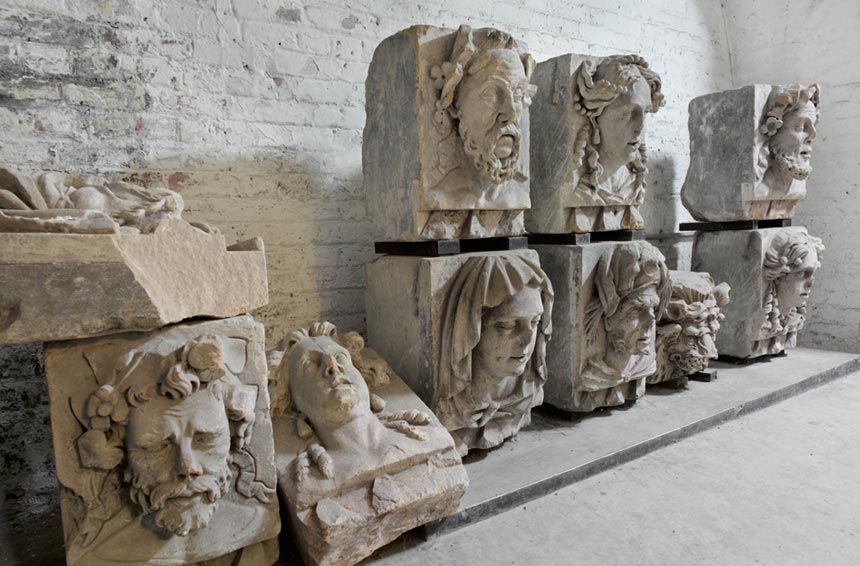
The Undercroft at Greenwich Palace. This place is actually available to hire for events in conjunction with the Painted Hall above. Guests can even try their hand at skittles in their genuine Victorian Skittle Alley.
Tower Bridge Bascule Chamber
See more of Dazeley’s Hidden London photographs here and keep updated for the Hidden London exhibition and book release on his Twitter.


